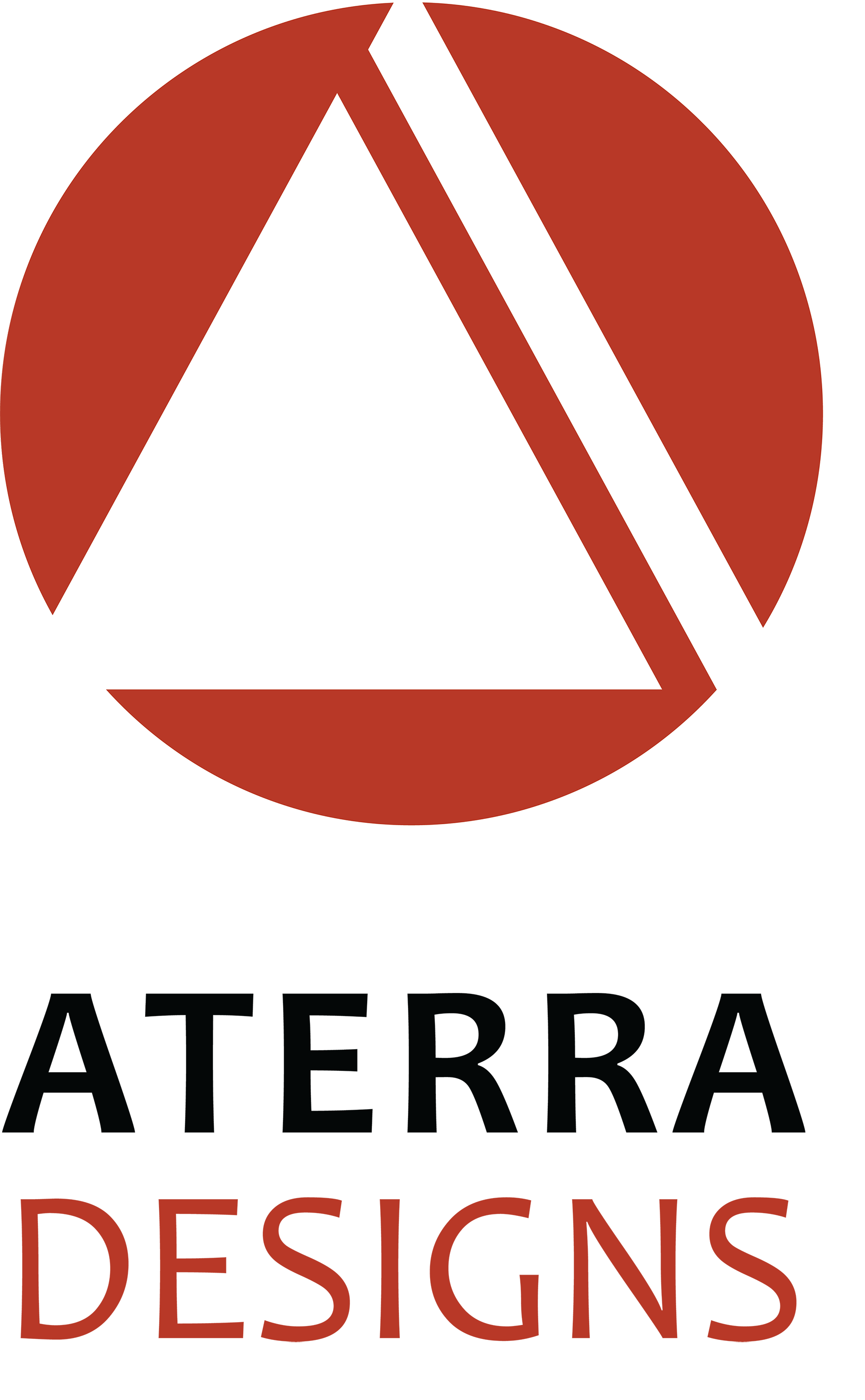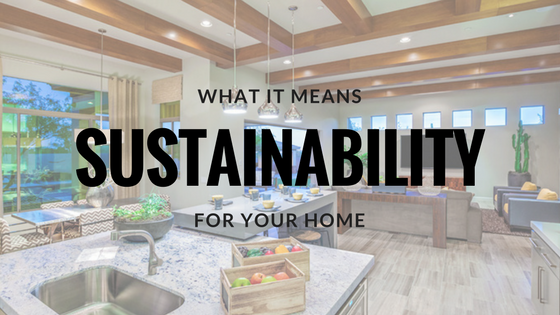
Having a sustainable home is no longer a dream. In fact, it would be nearly impossible today to find a new home without energy-saving appliances, efficient mechanical systems, water-saving plumbing fixtures and faucets, non-toxic materials and at least some built-in smart home high-tech features. It has been estimated that about 90 percent of residential construction includes energy-saving features.
Today’s builders and developers are mindful of the environment in myriad large and small ways, some of them mandated by national environmental standards and municipal codes, others based on client awareness and consumer demand.
Green home building has gone mainstream. Production builders have joined hands with custom builders to enhance all new housing — from affordable single home to luxury estates — with the features that reduce carbon footprint, save water, operate with less energy or rely on renewable energy sources, are cost-efficient and enhance overall quality of life.
Sustainability: A State of Being
The best news? While in the past, homeowners were often willing to pay more for green features, today it is less likely that those same features will be considered options or upgrades. Standards such as the Energy-Star rating system and the U.S. Green Building Council’s (GBC) LEED Certification program have altered national consciousness over the course of the past two decades. Overall costs have risen, but so has the awareness of long-term benefits, and those benefits extend far beyond the obvious.
While going green once was equated with encouraging recycling and foregoing wasteful practices, today it involves a total lifestyle adjustment. Green builders are concerned with air quality, efficient heating and cooling, proper energy efficient lighting, water consumption, renewable energy, sourcing of raw materials and proper disposal of consumables, toxicity, and a home’s ability to withstand severe weather. Cost-effective solutions are a major goal.
Looking to the Future
The next step in the continuum of green building and sustainable practice is to secure a better integration between built environments and the natural, outdoor world. With an ever-growing population spending more and more time indoors, it is imperative to not only save the environment, but to make homes and offices, schools and factories better places to spend all that time. Indoor air is often two to eight times more polluted than outdoor air, according to studies. ‘Quality of life is all-important’, notes Mahesh Ramanujam, chief executive officer of the GBC. Physicians and mental health professionals confirm that interior space influences not only mood and productivity, but overall human health and well being.
Healthy homes of the future, then, can be expected to have some of the best attributes of the natural world: breathable air, clean water, pleasant temperatures, quality lighting, pleasant vistas, and a certain calm and peaceful aura.
Energy efficient lighting designed to complement natural daylight and enhance quality of life during evening and nighttime hours is just one aspect of sustainable design, but it’s an exciting one. A comprehensive approach, though, involves more than simply replacing bulbs with CFLs or LEDs. It is estimated that lighting accounts for approximately five percent of an average home’s energy consumption. Design experts can suggest innovative solutions for a home’s ambient lighting, focus on ways to showcase architectural features, or incorporate a homeowner’s desire for smart home technology into an overall lighting plan.
Develop a customized home lighting plan as a way to reduce costs and save on energy, or do so because you want to live better and incorporate the latest gizmos and gadgets in your home. Either way, the message is that you’re committed to green principles, and the result is certain to be a bright and healthy home.
It’s the future, and it’s here now.


